Environmental Influence
Environmental influence refers to the impact of external factors on an organism's development and behavior. These factors can include physical surroundings, climate, availability of resources, and interactions with other living organisms.
Factors Affecting Environmental Influence
- Physical Surroundings: The geographical landscape, such as mountains, rivers, and forests, can influence the behavior and adaptation of organisms.
- Climate: Temperature, precipitation, and seasonal changes can have a significant impact on the distribution and behavior of living organisms.
- Availability of Resources: Access to food, water, and shelter can determine the survival and reproductive success of organisms in a given environment.
- Interactions with Other Organisms: Competition, predation, and symbiotic relationships with other species can shape the behavior and evolution of organisms.
Examples of Environmental Influence
Here are some examples of how environmental influence can affect living organisms:
- Desert plants have adapted to conserve water and withstand high temperatures through mechanisms such as succulence and reduced leaf surface area.
- Animals in Arctic regions have developed thick fur, layers of fat, and specialized behaviors to survive in freezing temperatures and scarce food resources.
- Marine organisms exhibit diverse forms and behaviors based on the specific conditions of their underwater habitats, such as coral reefs, deep sea vents, and polar oceans.
- Species living in densely populated areas may exhibit social behaviors and communication strategies to navigate interactions with conspecifics and other species.
Study Guide
To understand environmental influence, students should focus on the following key concepts:
- Identify and describe the various environmental factors that can influence living organisms.
- Examine specific examples of how environmental influence has shaped the behavior and adaptation of different species.
- Understand the concept of ecological niche and how it relates to an organism's role within its environment.
- Explore the impact of human activities on environmental influence, including habitat destruction, pollution, and climate change.
- Consider the ethical and conservation implications of environmental influence when evaluating human interactions with natural ecosystems.
◂Science Worksheets and Study Guides Eighth Grade. Plate tectonics
Study Guide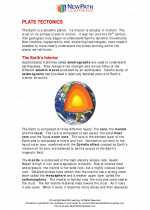 Plate tectonics
Plate tectonics  Activity Lesson
Activity Lesson Plate Tectonics
Plate Tectonics  Worksheet/Answer key
Worksheet/Answer key Plate tectonics
Plate tectonics  Worksheet/Answer key
Worksheet/Answer key Plate tectonics
Plate tectonics  Worksheet/Answer key
Worksheet/Answer key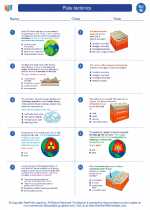 Plate tectonics
Plate tectonics  Worksheet/Answer key
Worksheet/Answer key Plate tectonics
Plate tectonics  Vocabulary/Answer key
Vocabulary/Answer key Plate tectonics
Plate tectonics  Vocabulary/Answer key
Vocabulary/Answer key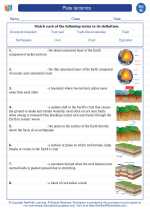 Plate tectonics
Plate tectonics  Vocabulary/Answer key
Vocabulary/Answer key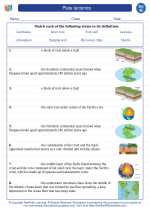 Plate tectonics
Plate tectonics  Vocabulary/Answer key
Vocabulary/Answer key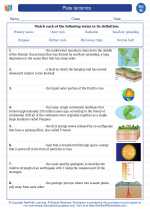 Plate tectonics
Plate tectonics  Vocabulary/Answer key
Vocabulary/Answer key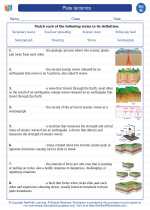 Plate tectonics
Plate tectonics  Vocabulary/Answer key
Vocabulary/Answer key Plate tectonics
Plate tectonics  Vocabulary/Answer key
Vocabulary/Answer key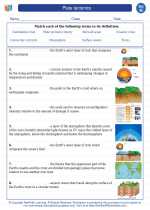 Plate tectonics
Plate tectonics 

 Activity Lesson
Activity Lesson
 Worksheet/Answer key
Worksheet/Answer key
 Worksheet/Answer key
Worksheet/Answer key
 Worksheet/Answer key
Worksheet/Answer key
 Worksheet/Answer key
Worksheet/Answer key
 Vocabulary/Answer key
Vocabulary/Answer key
 Vocabulary/Answer key
Vocabulary/Answer key
 Vocabulary/Answer key
Vocabulary/Answer key
 Vocabulary/Answer key
Vocabulary/Answer key
 Vocabulary/Answer key
Vocabulary/Answer key
 Vocabulary/Answer key
Vocabulary/Answer key
 Vocabulary/Answer key
Vocabulary/Answer key
